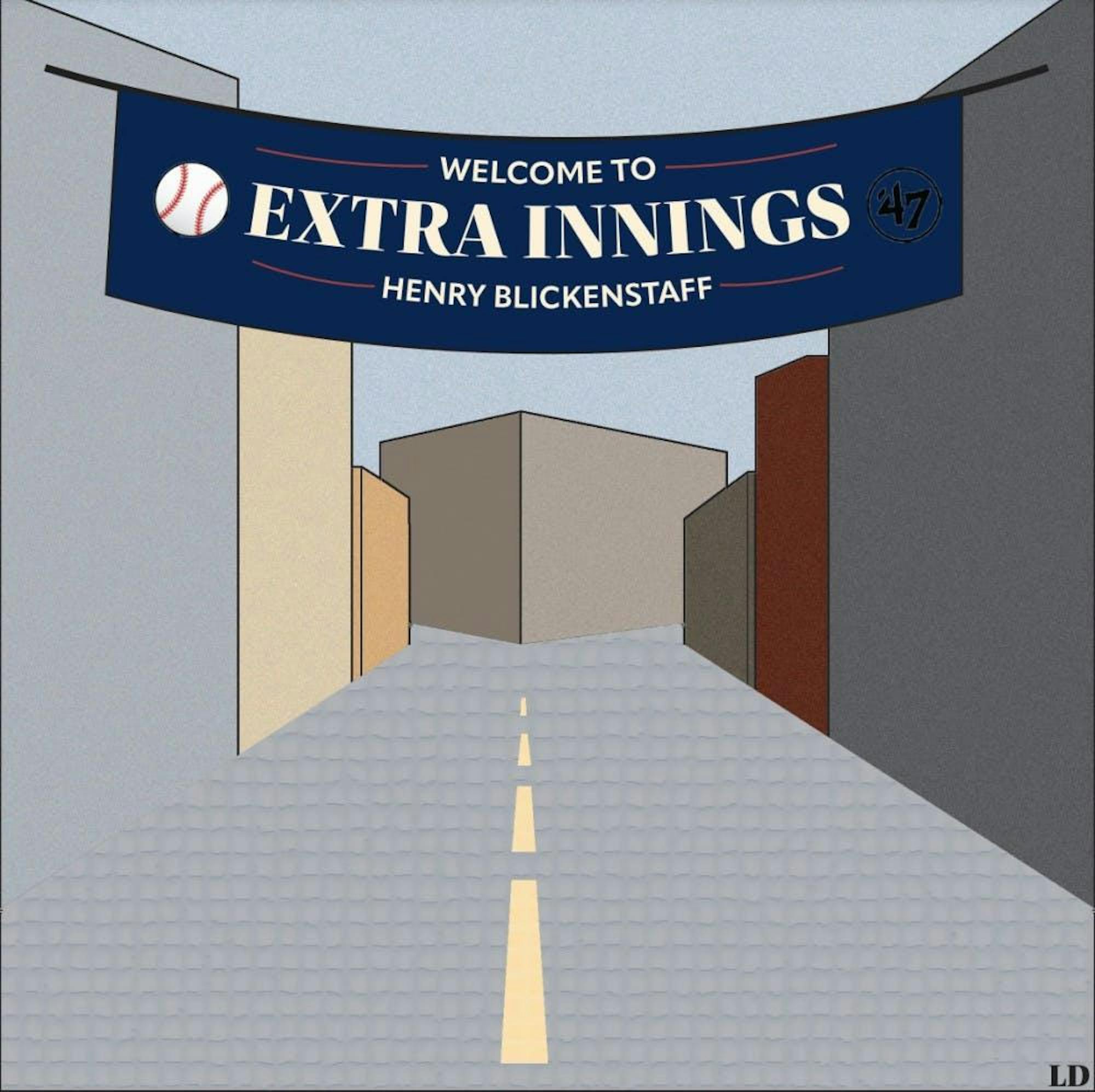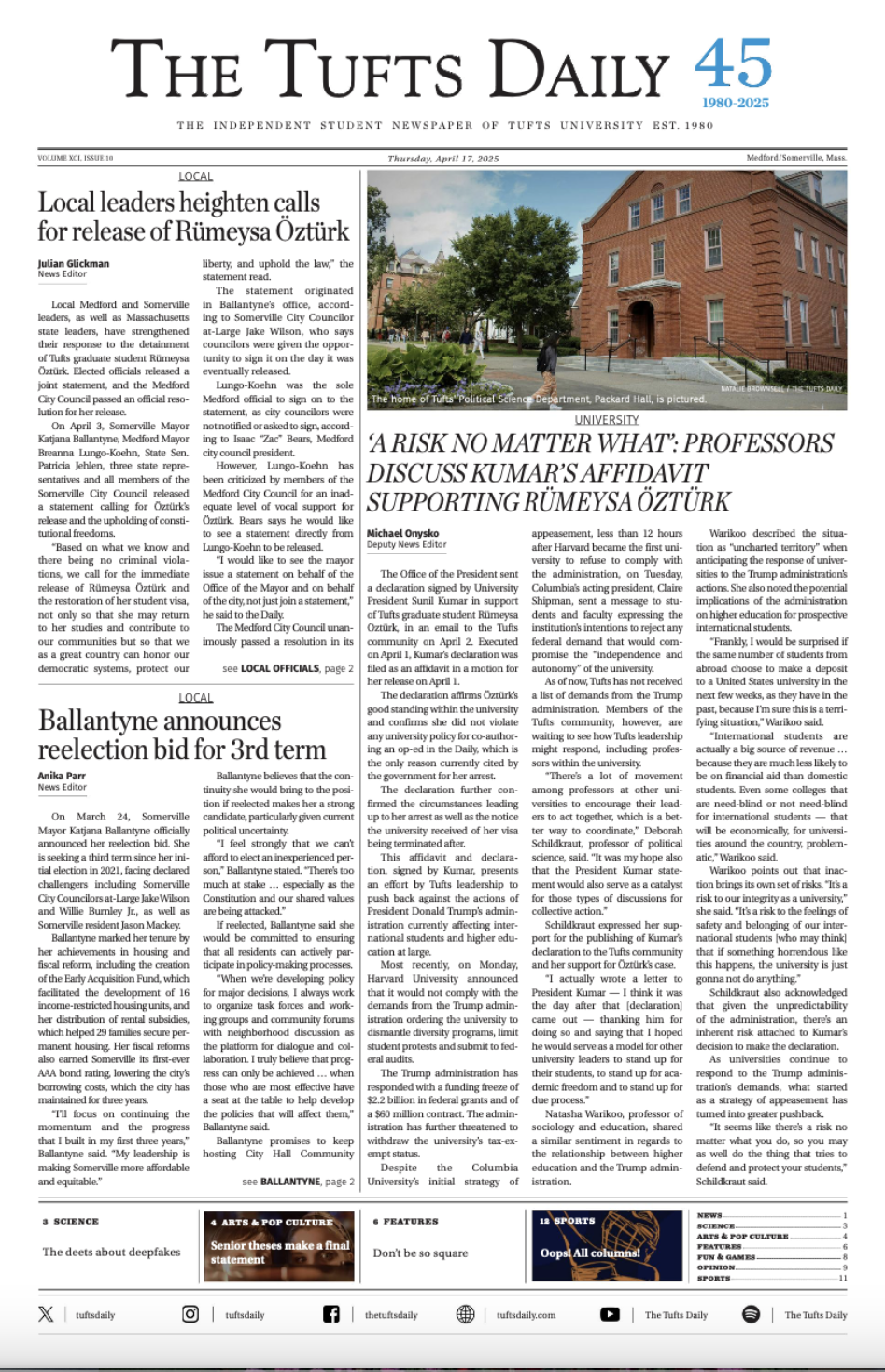I am so unbelievably sick of watching the New York Yankees and Los Angeles Dodgers sign or trade for every big name in baseball. It’s just not fair, and it needs to stop.
The Yankees traded for Juan Soto on Dec. 6, 2023, giving up five players in return. It wasn’t a surprise to anyone following the rumor mill, but the sheer audacity of a trade like this is almost sickening. In spite of their desperate need for pitching, four of the five players the Yankees gave up were pitchers. In return, they get a one-year rental of Soto at a hefty price tag of $31 million, as they were unable to extend him.
As for the Dodgers, well, they got Shohei Ohtani. Because of course they did. His contract is the largest in professional sports history: 10 years, $700 million. That $70 million average annual value is more than the contracts of Ronald Acuña Jr., Mookie Betts and Freddie Freeman — the top three National League MVP vote-recipients last year — earned COMBINED.
But LA didn’t stop there. They signed Japanese pitcher Yoshinobu Yamamoto to a 12-year, $325 million contract. That is the biggest MLB contract EVER for a pitcher. I don’t care how good Yamamoto was in Japan, a contract of that magnitude for a guy who has never thrown a big-league pitch is just absurd. The insanity of these moves makes me angry. Really angry. But as much as I despise the Yankees and Dodgers, they’re just taking advantage of a broken system that greatly benefits them. I’m mostly upset with MLB itself. It’s time for the league to adopt a salary cap and floor.
MLB’s Competitive Balance Tax on payroll over a certain threshold isn’t cutting it. Of the approximately $658 million in CBT payments since the new system’s inception in 2003, around $529 million, or over 80%, has been paid by the Yankees and Dodgers alone. The tax hasn’t hurt them in any way — they’ve only had two losing seasons combined in that time.
With so much winning being done at the top, that naturally means there’s a lot of losing at the bottom. There are still three teams — the Pittsburgh Pirates, Colorado Rockies and Miami Marlins — that haven’t won a division title since the current divisions were established in 1995. With no salary floor, owners of routinely uncompetitive small-market teams simply cut costs to turn a profit. It’s simple economics.
MLB’s revenue structure gives it a vested interest in a more competitive league. Because such a large share of its revenue comes from local TV money and stadium sales, the league should want as many teams to be competitive and therefore as popular as possible. The big-market teams will make money with or without a cap, but giving small-market teams a better chance to compete will generate more revenue from local TV and stadium sales in those markets. There’s also the obvious benefit to small-market fans, who will enjoy more frequently competitive teams.
Instituting a cap and floor makes too much sense. And if it upsets the fat cats in New York and LA or the penny-pinching small-market owners, that’s just another bonus in my book.






